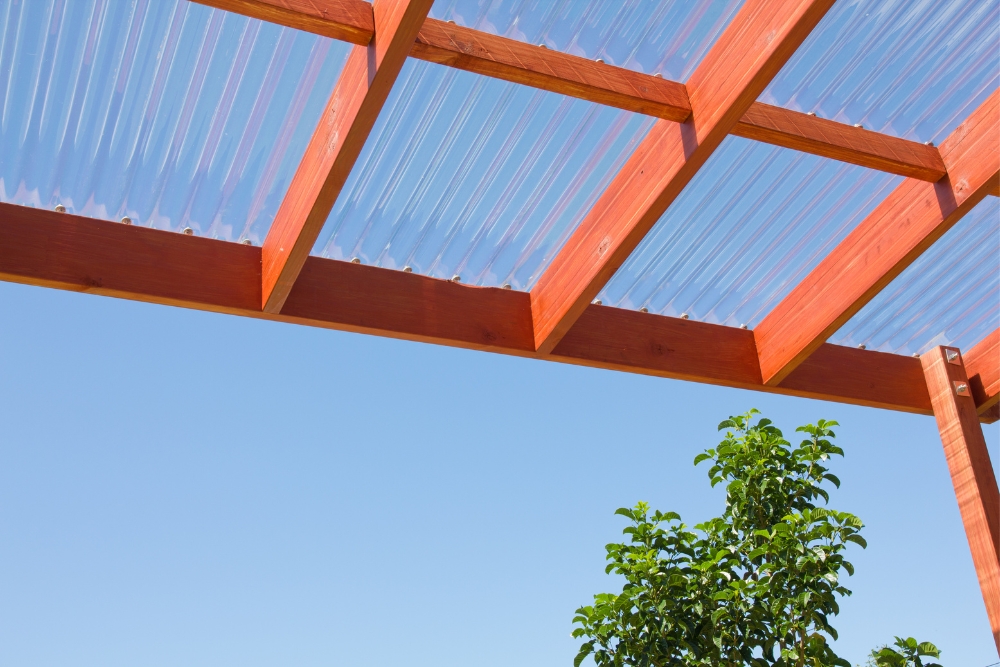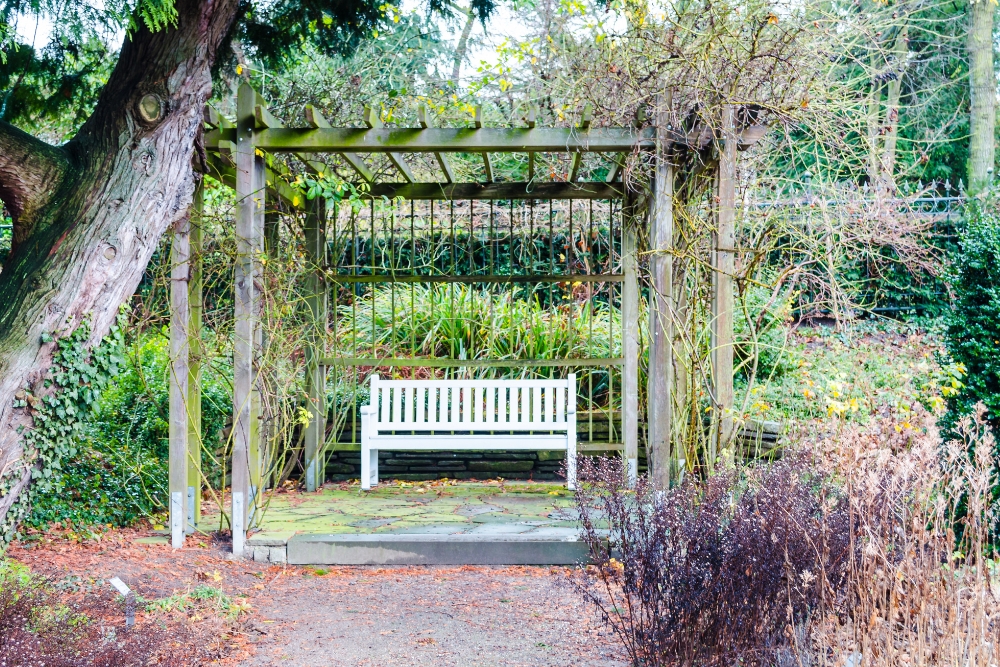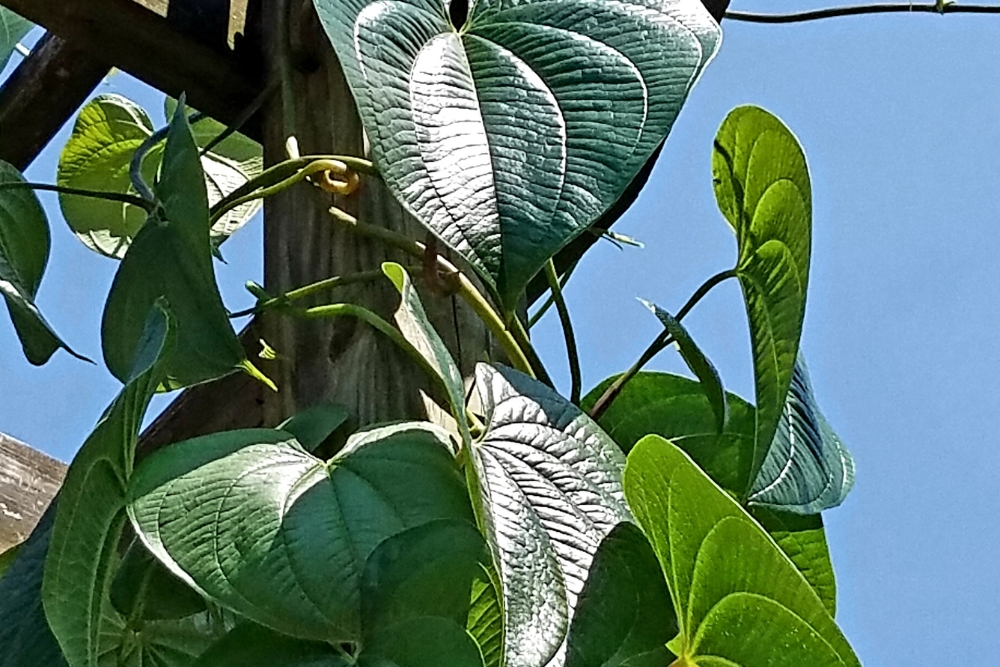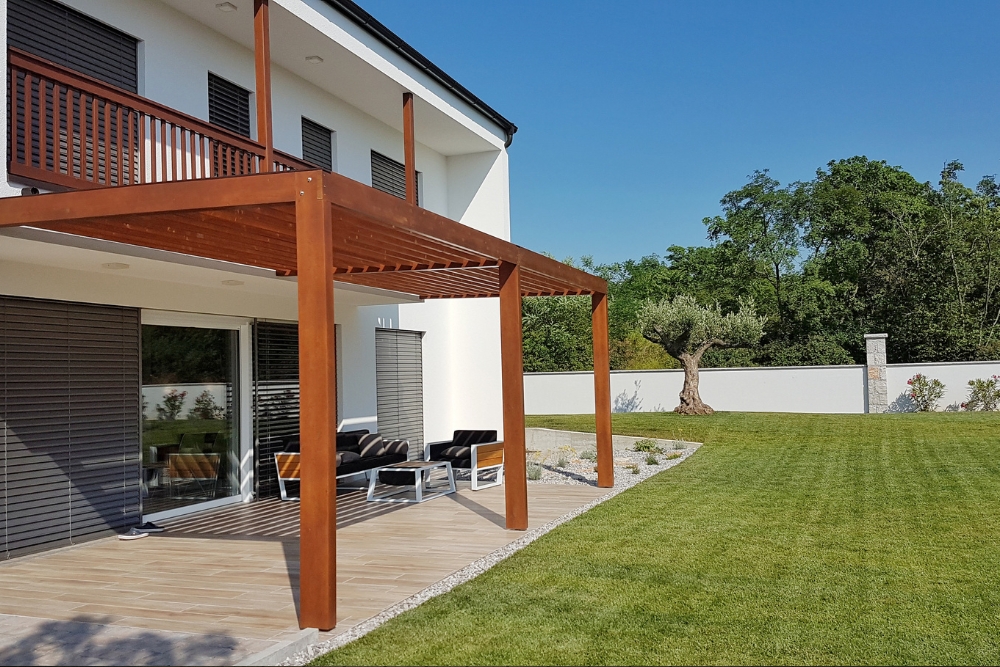Crafting the ideal timber pergola for your backyard can be a bit of a head-scratcher, especially when you’re trying to suss out which wood will survive the onslaught of our Aussie weather.
We’ve all grappled with the decision-making that comes along with creating an outdoor space resilient enough for our scorchers and unpredictable downpours. But fear not! Our guide’s chock-a-block with tips on picking the right timbers tailored for life Down Under, ensuring your garden nook remains a stunner year-round.
Key Takeaways
- Western Red Cedar is a popular choice for Australian wood pergolas due to its natural resistance to rot, decay, and insect attacks.
- Pressure-treated pine offers durability against various weather conditions in Australia at an affordable cost.
- Tropical hardwoods like teak and mahogany provide exceptional durability and visual appeal for outdoor pergolas.
- Consider the climate, durability, aesthetic appeal, budget, and maintenance needs when choosing the right wood species for your pergola construction in Australia.

Choosing the Best Wood for a Pergola
When it comes to choosing the best wood for a pergola, we have several options to consider. From Western Red Cedar and pressure-treated pine to tropical hardwood, each wood species has its own unique characteristics that make it suitable for different climates and preferences.
Let’s dive into the factors to consider when selecting the right wood for your pergola in Australia.
Western Red Cedar
Western Red Cedar is a champion among timber pergola materials suitable for Australian weather, loved for its natural beauty and remarkable durability. It has a rich colour palette that varies from light amber to deep honey brown, adding warmth and style to our outdoor spaces.
As we consider building our dream pergola, it’s reassuring to know this wood is naturally resistant to rot, decay, and insect attacks; this makes it an excellent choice for climates across Australia.
We often select Western Red Cedar not just because it stands up well against the elements but also due to its eco-friendly credentials. This softwood option comes from sustainably managed forests, allowing us peace of mind about our environmental impact while enjoying our garden design.
Its lightweight yet stable structure means easier handling during construction without sacrificing strength or longevity – making it an ideal wood for our outdoor living projects where climate-resistant wood matters most.
Pressure-treated Pine
After considering Western Red Cedar for your pergola, pressure-treated pine is another suitable option to explore. This wood species is an excellent choice for those looking for an affordable and durable solution.
Pressure-treated pine is known for its resistance to rot and insects, making it a popular choice among homeowners. The treatment process involves infusing the wood with preservatives that provide long-lasting protection against decay and pest infestation.
When selecting pressure-treated pine for your pergola, it’s essential to consider the climate of your region. This type of timber can withstand various weather conditions, making it ideal for outdoor structures in different Australian regions.
Tropical Hardwood
Tropical hardwoods, such as teak, ipe, mahogany, and rosewood, are popular choices for wooden pergolas due to their exceptional durability and weather resistance. These hardwood species are well-suited for Australian climates and offer a natural resistance to rot, pests, and moisture.
Additionally, tropical hardwoods add a touch of exotic elegance to outdoor spaces while requiring minimal maintenance.
When considering tropical hardwood for your pergola construction in Australia, it’s important to weigh the initial investment against the long-term benefits. While these woods may come with a higher price tag initially, their longevity and stunning appearance make them an attractive choice for homeowners looking for a durable and visually appealing outdoor structure.
Factors to Consider When Choosing Wood for a Pergola
When choosing wood for a pergola, it’s important to consider factors such as the climate in your area, the durability of the wood, its aesthetic appeal, your budget, and the maintenance required to keep it looking good.
These considerations will help you choose the best wood species for your specific needs and ensure that your pergola stands the test of time in your outdoor space.

Climate
When choosing the right wood species for your pergola, it is crucial to consider the climate of your location. Different wood types have varying levels of resistance to rot, moisture, and pests.
For example, in Australia’s diverse climates, certain hardwoods like blackbutt and spotted gum are more suitable for areas with high moisture levels or extreme temperature fluctuations.
On the other hand, in drier regions, woods such as ironbark and tallowwood offer excellent durability against harsh weather conditions. Understanding how each wood species interacts with your local climate can ensure that your pergola remains strong and beautiful for years to come.
Durability
When choosing the right wood species for your pergola, durability is a key factor to consider. Different wood types offer varying levels of resistance to rot, moisture, and pests. For long-lasting performance, it’s essential to select a timber species that can withstand the outdoor elements in your specific climate.
Class 1 and Class 2 hardwoods are known for their exceptional durability and are excellent choices for Australian pergolas. Additionally, pressure-treated pine is an affordable option that provides excellent resistance to rot and insects, making it a durable choice for homeowners seeking longevity in their outdoor structures.
Understanding the level of durability each wood species offers will help ensure you make the right decision when selecting the best material for your pergola construction. Considering factors such as weather conditions and environmental impacts will also play crucial roles in maximising the longevity of your outdoor structure.
Aesthetic
When considering the aesthetic aspect of your pergola, it’s important to select a wood species that complements the overall look and feel of your outdoor space. Western red cedar, known for its rich reddish-brown hue, brings warmth and natural beauty to any garden or backyard setting.
On the other hand, pressure-treated pine offers a more traditional appearance with its light colour that can be easily customised through staining or painting to match your preferred aesthetics.
Additionally, tropical hardwoods like teak and mahogany showcase an elegant and luxurious appeal while also providing exceptional durability against harsh weather conditions in different Australian regions.
Budget
Budgeting for your pergola is an essential consideration when choosing the right wood species. It’s important to factor in the cost of the wood itself, as well as any additional treatments or maintenance that may be required over time.
While pressure-treated pine is a more affordable option, it’s also crucial to consider long-term durability and potential upkeep costs. Additionally, exploring sustainable and ethically sourced timber options can align with both budgetary concerns and environmental impact.
When planning your pergola budget, keep in mind that different wood species come with various price points and maintenance requirements. Understanding these factors will help you make an informed decision about which wood species best fits within your financial parameters while still meeting the needs of your specific climate.
Maintenance
To ensure the longevity of your pergola, regular maintenance is essential. We should inspect the wood for any signs of damage such as rot or pests and address them promptly to prevent further deterioration.
Regular cleaning, sealing, and re-staining are also crucial to protect the wood from weathering and extend its lifespan. It’s important to follow the manufacturer’s guidelines for maintenance and use products that are suitable for the specific wood species of your pergola.
Additionally, applying a protective finish every few years will help maintain the appearance and durability of your pergola in different Australian regions.
New vs. Seasoned Timber
When selecting timber for your pergola, it’s important to consider whether you want new or seasoned wood. New timber generally has a higher moisture content, making it easier to work with and less likely to split during construction.
On the other hand, seasoned timber is more stable and less prone to warping or shrinking over time. It also tends to be more resistant to rot and decay due to its lower moisture content.
However, new timber allows for easier customisation as it can be cut and shaped according to your specific design requirements. Considering the weather conditions in Australia, choosing between new vs.
seasoned timber becomes crucial as the right choice will ensure the longevity of your pergola.
Selecting the right type of wood is essential in achieving a durable and long-lasting pergola that withstands various climate conditions in Australia. Different wood species have different levels of resistance to rot, moisture, and pests; hence choosing between new vs.
seasoned timber requires careful consideration based on your location’s climate requirements and the overall look you desire for your outdoor space. Some sustainable options such as ethically sourced wood could also aid in reducing environmental impact during construction while ensuring durability against Australian weather conditions.

Different Wood Types for Pergolas
When it comes to choosing the right wood for your pergola, there are various options to consider such as pressure-treated wood, Western Red Cedar and Redwood, and modified wood. To learn more about these different wood types and how they can be best suited for your climate, keep reading!
Pressure-treated Wood
Pressure-treated wood is a popular choice for pergolas due to its resistance to rot and insects, making it an ideal option for outdoor use. This type of softwood is infused with chemical preservatives that protect it from moisture, decay, and termite damage.
It is also one of the most cost-effective options for building a durable pergola, offering a balance between affordability and longevity. Additionally, when choosing pressure-treated wood for your pergola in Australia, ensure that you select timber treated to Australian standards to withstand the varying climatic conditions across different regions.
– Weather-resistant Timber
– Pergola Construction Materials
Western Red Cedar and Redwood
Transitioning from pressure-treated wood to Western Red Cedar and Redwood, it’s essential to consider the durability and weather resistance of these natural timber options. Both Western red cedar and redwood are popular choices for pergolas in Australian climates due to their natural resistance to rot, moisture, and insect damage.
These wood species offer an appealing aesthetic with their rich tones and unique grain patterns, making them ideal for outdoor structures.
Western red cedar is known for its exceptional weather resistance, making it suitable for various climates across Australia. It has a natural ability to withstand decay and can even be left untreated thanks to its natural oils that act as preservatives.
Modified Wood
Modified wood, such as acetylated or thermally modified timber, offers excellent durability and resistance to decay, making it a suitable choice for pergolas in various Australian climates.
This type of wood undergoes a treatment process that enhances its natural properties, resulting in increased stability and longevity. Modified wood is also known for its low maintenance requirements, making it an attractive option for homeowners seeking a hassle-free pergola solution.
Additionally, the climate-resistant nature of modified wood ensures that it can withstand harsh weather conditions without compromising its structural integrity.
When selecting the right wood species for your pergola, considering modified wood alongside other options can provide a sustainable and long-lasting solution for outdoor structures.
Transform Your Space with Aluminium Elegance
When choosing wood for your pergola, consider the climate, durability, aesthetic appeal, budget, and maintenance needs. Different wood species offer varying levels of resistance to rot, moisture, and pests.
It’s crucial to select timber that can withstand the weather conditions in your area for long-lasting outdoor enjoyment. Ethically sourced and sustainable wood options can also reduce the environmental impact of your pergola construction.
Ultimately, selecting the right wood species tailored to your climate is key to ensuring the longevity and functionality of your pergola.
Embark on a journey of outdoor elegance by selecting the perfect Wooden Pergola species for your climate with Aluminium Pergolas! Our expert team guides you in choosing the ideal wood that withstands your local climate while adding a timeless charm to your space. Whether you crave the durability of cedar, the classic appeal of redwood, or the exotic allure of tropical hardwoods, we’ve got you covered. Transform your outdoor haven with a Wooden Pergola that not only complements your climate but also stands the test of time. Elevate your outdoor living – contact Aluminium Pergolas today and let the journey begin!




